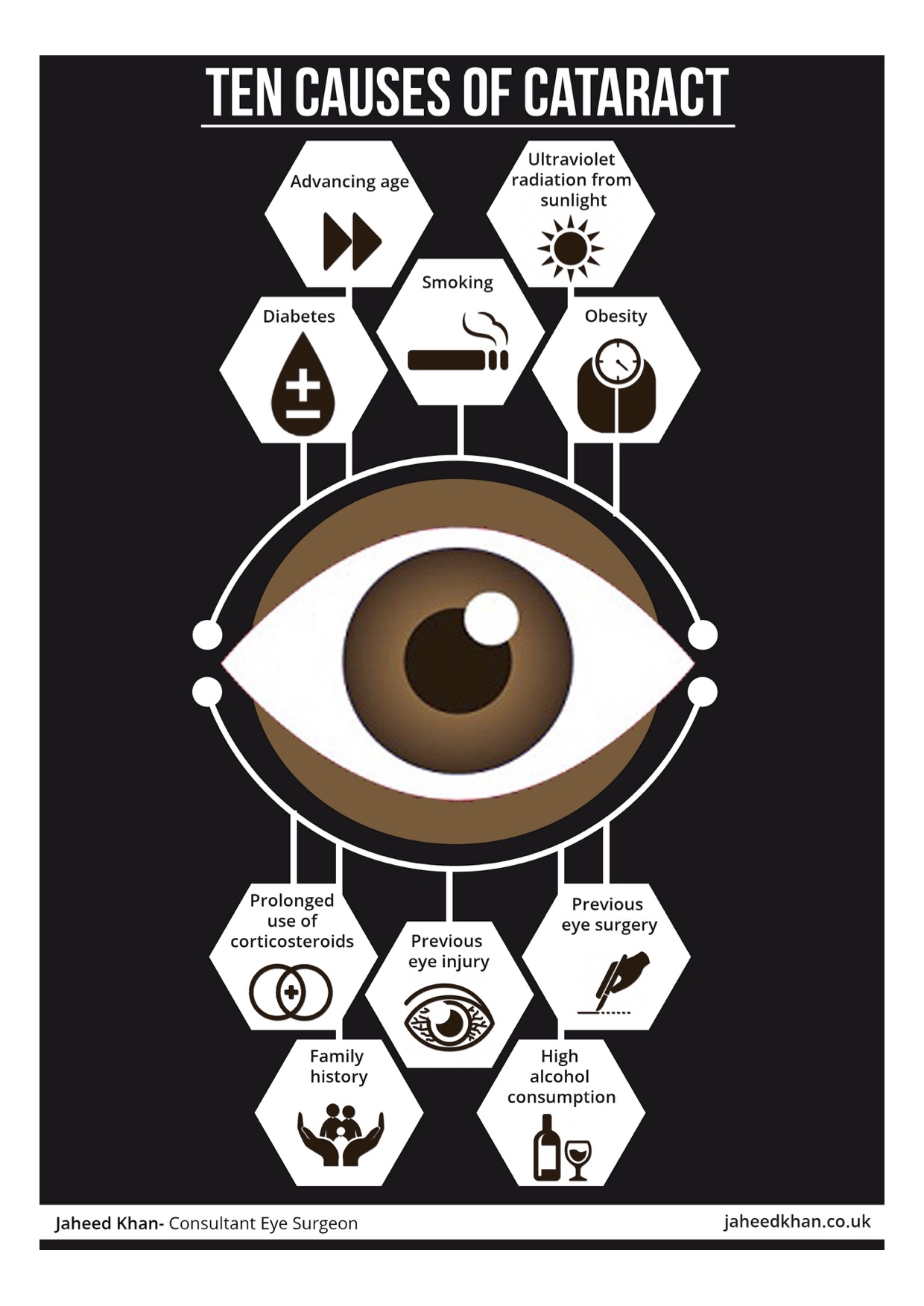Interested In Discovering The Differences Amongst SMILE, LASIK, And PRK Procedures For The Eyes?
Interested In Discovering The Differences Amongst SMILE, LASIK, And PRK Procedures For The Eyes?
Blog Article
mouse click the next article By-Weber Sander
If you have actually been taking into consideration SMILE eye surgical treatment, you could question how it stacks up against LASIK and PRK. Each treatment has its very own set of benefits and factors to consider. From quicker recovery times to potential threats, there are crucial distinctions you must know prior to deciding. Recognizing these differences will certainly assist you make an informed selection that aligns with your particular requirements and expectations. Interested to recognize more regarding just how these treatments compare carefully? Go on discovering to gain an extensive understanding of SMILE, LASIK, and PRK.
SMILE Eye Surgical Procedure Introduction
If you're considering SMILE eye surgery, you'll locate it to be a minimally invasive procedure with a fast healing time. During SMILE (Tiny Cut Lenticule Extraction), a laser is utilized to produce a small, specific laceration in the cornea to get rid of a tiny piece of tissue, reshaping it to correct your vision. how to correct cataract surgery varies from LASIK, where a flap is developed, and PRK, where the external layer of the cornea is completely eliminated.
One of the essential benefits of SMILE is its minimally intrusive nature, causing a faster healing procedure and much less pain post-surgery. The recuperation time for SMILE is relatively quick, with numerous clients experiencing enhanced vision within a day or 2. This makes it a popular option for those seeking a hassle-free and reliable vision improvement procedure. In addition, SMILE has been shown to have a reduced threat of completely dry eye disorder contrasted to LASIK, making it a desirable option for individuals worried concerning this potential adverse effects.
Differences Between SMILE, LASIK, and PRK
When comparing SMILE, LASIK, and PRK eye surgical procedures, it's important to recognize the distinct methods utilized in each treatment for vision correction.
SMILE (Small Incision Lenticule Extraction) is a minimally intrusive treatment that entails developing a tiny cut to draw out a lenticule from the cornea, reshaping it to deal with vision.
LASIK (Laser-Assisted Sitting Keratomileusis) entails developing a slim flap on the cornea, making use of a laser to reshape the underlying tissue, and then repositioning the flap.
PRK (Photorefractive Keratectomy) removes the external layer of the cornea prior to reshaping the cells with a laser.
The primary distinction lies in the means the cornea is accessed and dealt with. SMILE is flapless, making it a good choice for individuals with slim corneas or those associated with contact sporting activities. LASIK supplies rapid visual healing because of the flap creation, but it may posture a greater danger of flap-related problems. PRK, although having a longer recuperation period, stays clear of flap-related problems completely.
Comprehending these variations is crucial in selecting the most appropriate procedure for your vision improvement demands.
Pros and Cons Contrast
To assess the advantages and drawbacks of SMILE, LASIK, and PRK eye surgical procedures, it's essential to consider the certain advantages and possible constraints of each treatment. SMILE surgical treatment uses the advantage of a minimally intrusive treatment, with a smaller sized incision and possibly quicker healing time compared to LASIK and PRK. It also reduces the risk of completely dry eye post-surgery, an usual adverse effects of LASIK. Nonetheless, SMILE may have constraints in dealing with greater levels of nearsightedness or astigmatism compared to LASIK.
LASIK surgical procedure gives rapid visual recuperation and marginal pain during the procedure. It's highly reliable in dealing with a variety of refractive mistakes, consisting of nearsightedness, hyperopia, and astigmatism. Yet, LASIK carries a danger of flap problems, which can affect the corneal structure.
PRK eye surgical procedure, while not as preferred as LASIK, stays clear of creating a corneal flap, decreasing the danger of flap-related issues. It's suitable for individuals with thin corneas or uneven corneal surfaces. However, PRK has a much longer recuperation time and may involve extra discomfort throughout the healing process.
Conclusion
So, when it involves selecting in between SMILE, LASIK, and PRK, consider it like choosing the excellent set of shoes. SMILE is like a smooth, comfortable set of sneakers - fast and very easy.
LASIK is a lot more like trendy high heels - fancy and quick, but with some potential risks.
PRK resembles strong hiking boots - reputable and sturdy, but needing a little bit even more effort and time.
Inevitably, the most effective choice depends upon your individual needs and preferences.
